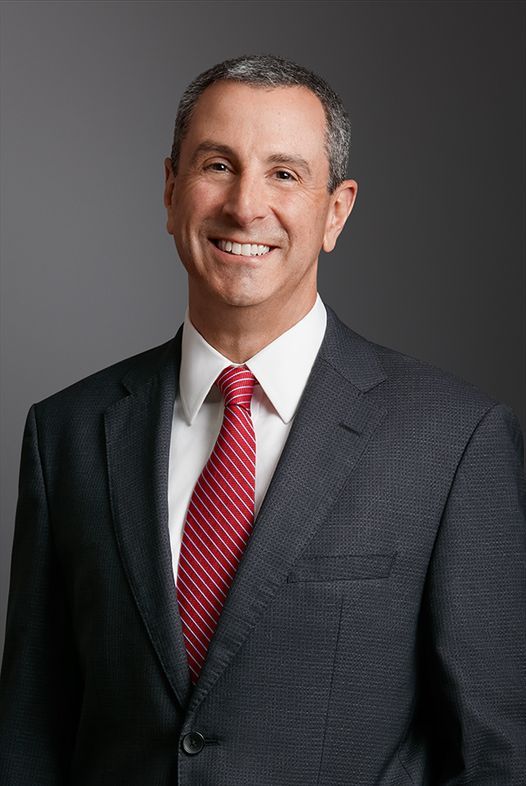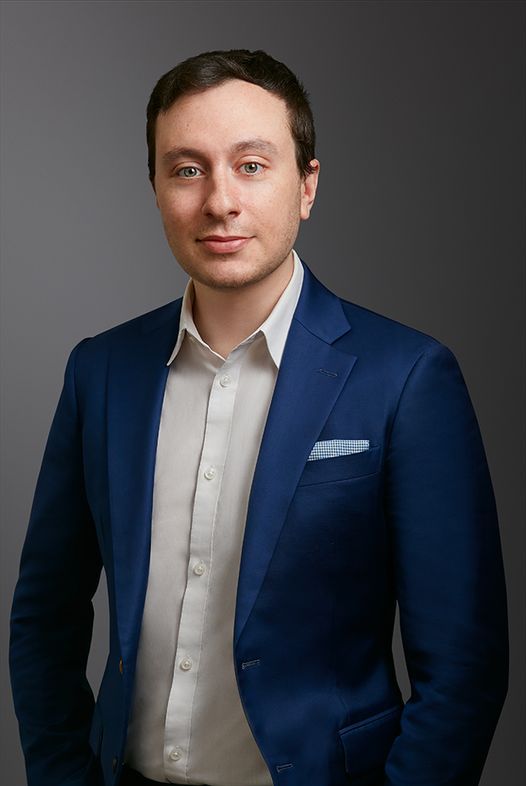Axinn IP Update: Federal Circuit Says Method of Treatment Claims Are Not Per Se Eligible Under Section 101
August 29, 2019
By: Ted Mathias and Ross Blau
Axinn Update
Following the Federal Circuit’s decision in Vanda Pharm. Inc. v. West-Ward Pharm. Int’l Ltd., 887 F.3d 1117 (Fed. Cir. 2018), many considered method of treatment claims to be per se eligible. Indeed, the USPTO issued guidance following Vanda instructing that “‘method of treatment’ claims that practically apply natural relationships should be considered patent eligible . . . .” USPTO Memorandum re: Recent Subject Matter Eligibility Decision dated June 7, 2018 (emphasis in original). But in an August 27, 2019 decision, the Federal Circuit held that at least some method of treatment claims are not patent eligible under Section 101.
In INO Therapeutics v. Praxair Distrib. Inc., 2018-1019 (Fed. Cir. Aug. 27, 2019) (Nonprecedential), the inventors discovered the natural phenomenon that certain patients were at an increased risk of pulmonary edema when treated with inhaled nitric oxide (“iNO”). Id. at 3–4. Based on this discovery, the inventors claimed a method of treatment where iNO treatment is withheld if the patient is identified as subject to the increased risk. Id. at 4–5.
The Majority (Chief Judge Prost and Judge Dyk) held that these claims were ineligible under Section 101. Id. at 8–9. First, the Majority began with the first step of the Mayo / Alice test and determined that the claims were “directed to” the observation of this natural phenomenon and a claim not to treat therefore “risk[ed] monopolizing the natural processes themselves.” Id. at 10. The Majority contrasted the claims with those in three previous decisions where the claims were directed to changing the physiological state of the patient to treat the disease / condition (and thus patent eligible). Id. at 12–16 (discussing Vanda; Nat. Alternatives Int’l, Inc. v. Creative Compounds, LLC, 918 F.3d 1338 (Fed. Cir. 2019); and Endo Pharm. Inc. v. Teva Pharm. USA, Inc., 919 F.3d 1347 (Fed. Cir. 2019)). In those cases, the inventors leveraged their discovered natural phenomena to improve treatment. Id. at 12–16. By contrast, the invention in INO Therapeutics did not improve treatment of the underlying condition but instead merely excluded at-risk patients from iNO treatment, which “collapse[d the claim] into a claim focused on the natural phenomenon.” Id. at 13.
Finding that the claims were directed to a natural phenomenon, the Majority then found under the second prong of the Mayo / Alice test that the remaining steps of the claims were “either necessary to manifest the natural law or . . . undisputedly routine and conventional.” Id. at 19–20. Therefore, the Majority held that these additional limitations did not make the claims patent eligible. Id. at 20.
Judge Newman dissented from the Majority’s holding that the claims were ineligible. INO Therapeutics, 2018-1019 (Newman, J., dissenting) at 1. Judge Newman noted that the Majority’s analysis involved splitting up the claims into various steps, which therefore “avoid[ed] the requirement that a claimed invention is considered as a whole.” Id. at 2. Judge Newman held that, as a whole, the patents were not directed to a natural phenomena. Id. at 5. Further, Judge Newman warned that the Majority’s holding would deter medical advances and new treatments to serve the afflicted public. Id. at 8.
Although the decision was nonprecedential, and the Majority noted the narrowness of its holding, the decision along with Vanda, Nat. Alternatives, and Endo Pharm., provide guidance that claims that utilize a natural law in a patent-eligible manner (e.g., leveraging the natural phenomenon to improve treatments), are patent eligible.
To subscribe to our publications, click here.
Featured Insights
Featured Insights
Consumer Brands CPG Legal Forum 2026
Speaking Engagement
NBA CLS 39th Annual Corporate Counsel Conference
Sponsorship
Antitrust
New Frontiers of Antitrust – 16th Annual International Conference of Concurrences Review
Speaking Engagement
Antitrust
GCR Live Global: Navigating the Future of Antitrust 2026
Speaking Engagement
Antitrust
Why Should I Care About Property Controls?
Speaking Engagement
Antitrust
What’s the Score, Your Honor? Conversation With Judge Richard Boulware
Podcast
LCA Renaissance Symposium XIX 2025
Speaking Engagement
Antitrust
Stakeholders 25th Annual CYOC Career Development Conference
Sponsorship
Antitrust
Japan Competition Law Update
Axinn Viewpoints
Antitrust
California's Crackdown on Algorithmic Pricing
Axinn Viewpoints
Antitrust


